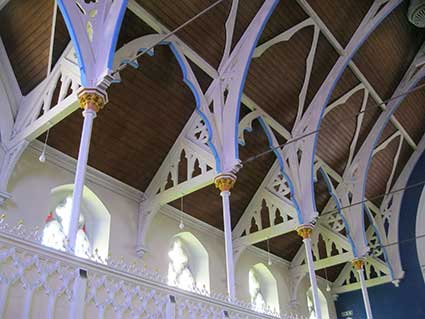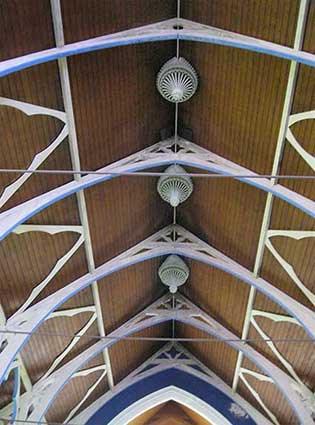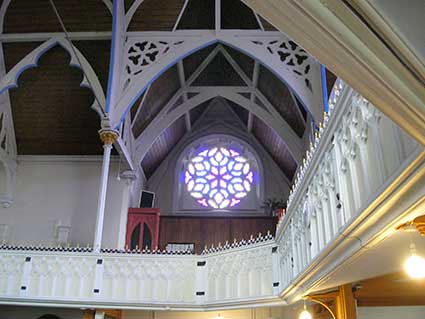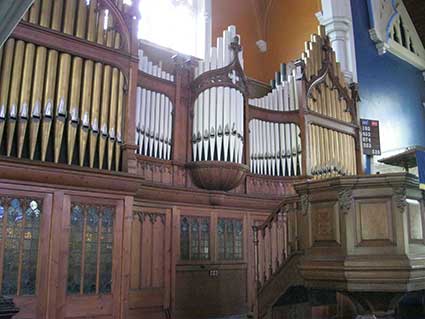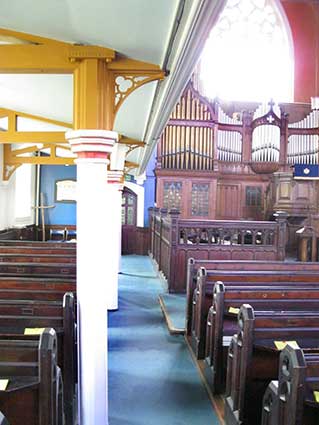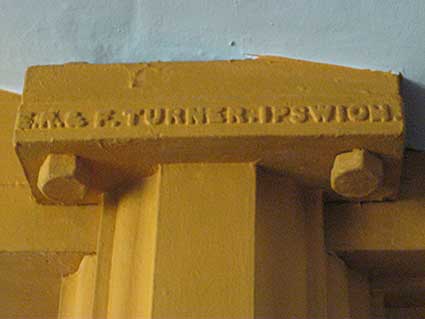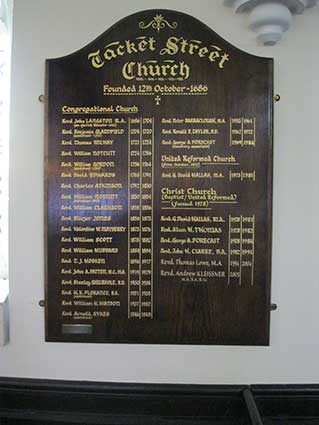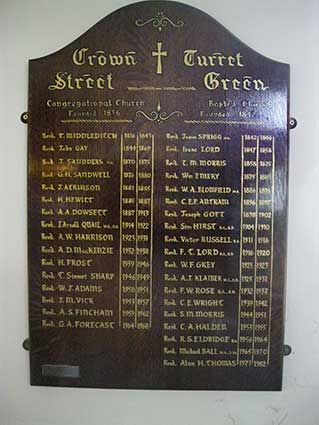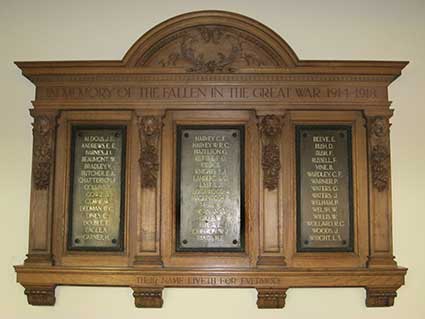'THESE FOUR
UPPER CLASS ROOMS WERE BUILT
IN MEMORY OF
ELLEN FORD GODDARD,
DAUGHTER OF
EBENEEZER GODDARD,
OAKHILL IPSWICH
WHO DIED 23RD JUNE 1874.
AGED 25 YEARS.
"FEED MY LAMBS." '
The use of two words for 'class
rooms' almost suggest social class, particularly in the use of 'Upper
Class Rooms' in the top tablet. There appear to be double inverted
commas after the biblical quotation, but those before are missing or
worn.
'THE ABOVE TABLET
WAS REMOVED FROM CLASS
ROOMSWHICH WERE PULLED
DOWN IN 1912 AND REPLACED
BY THE PRESENT BUILDINGS'

 2013
images
2013
images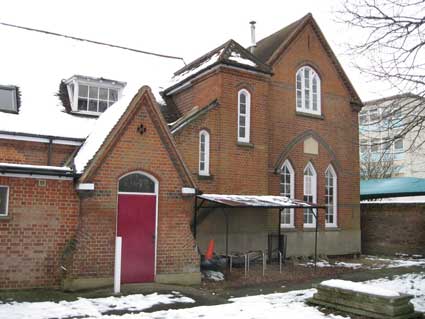

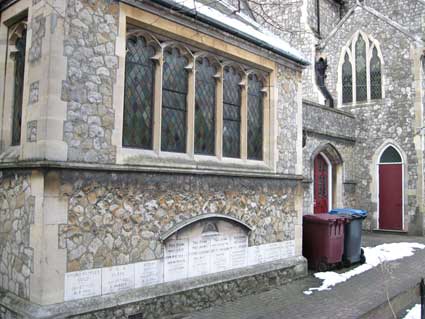
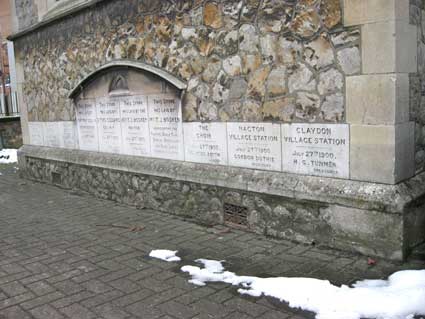
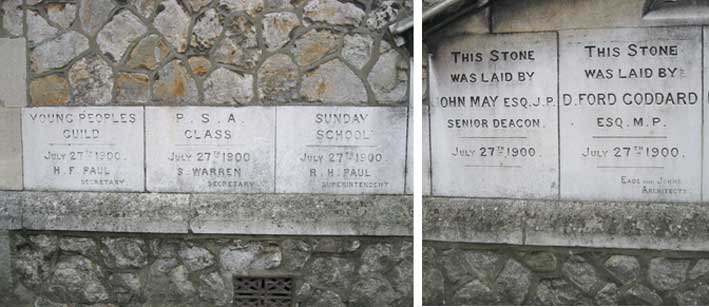
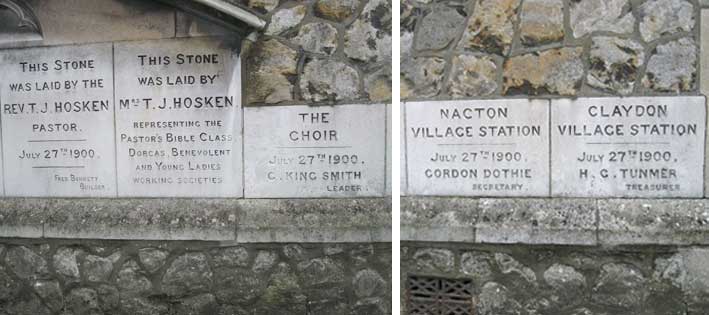
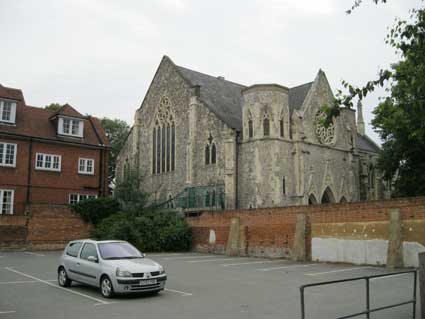


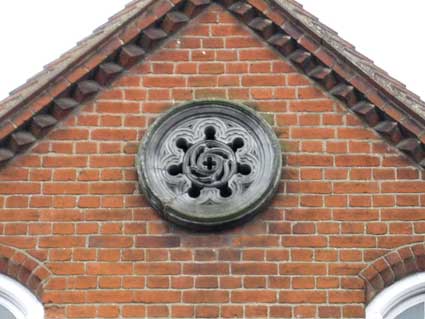
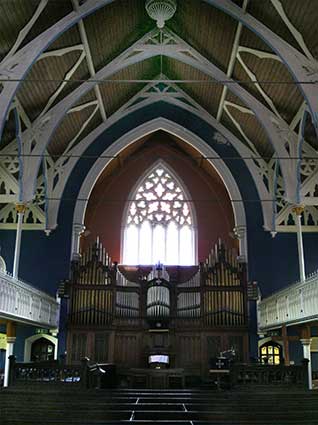 2016
images
2016
images 